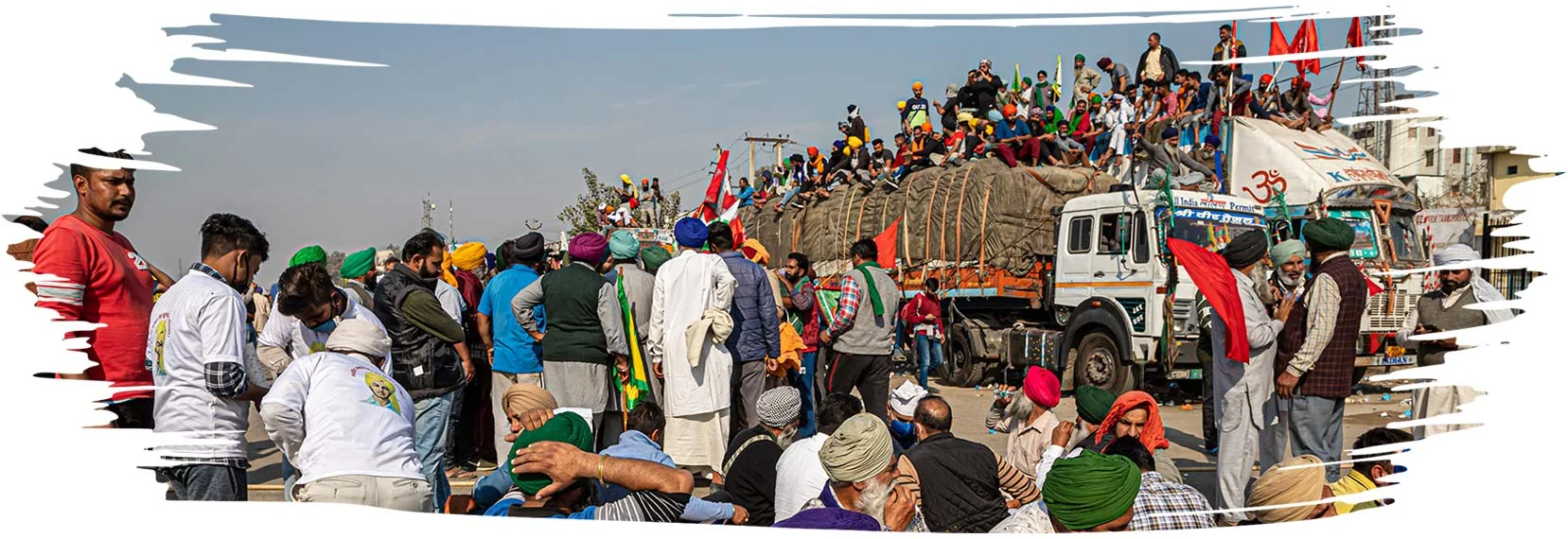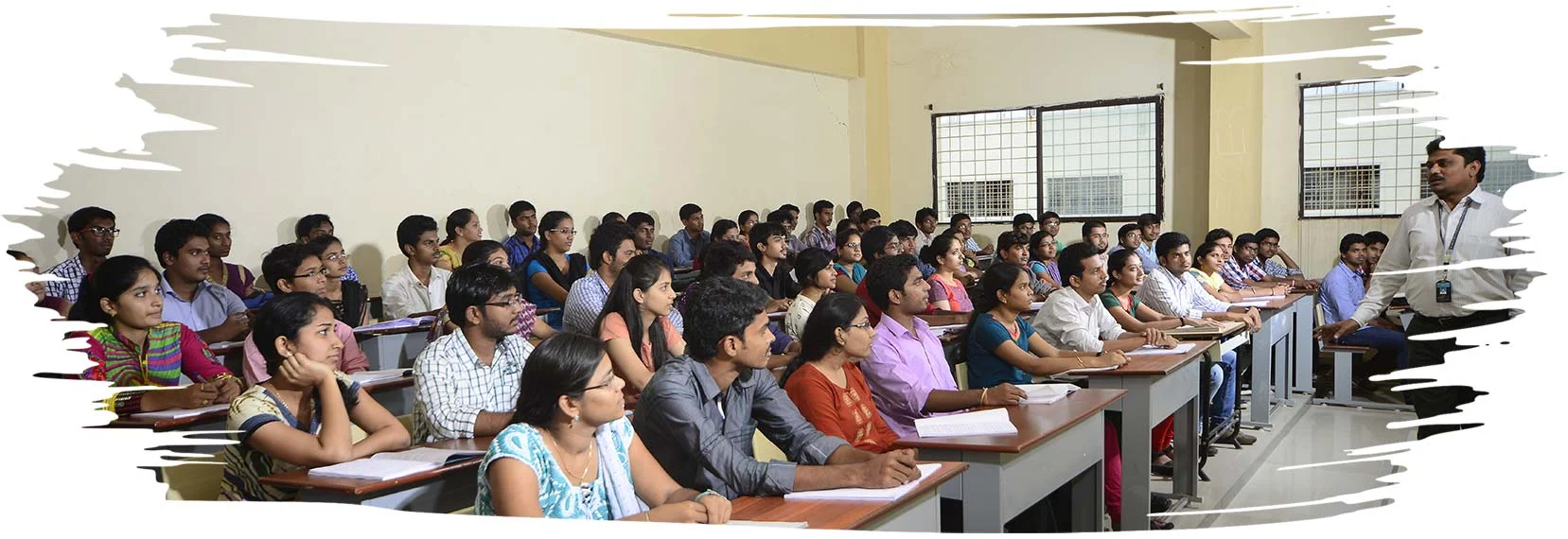Internalising Change Paradigms – Methods & Techniques
The Central Axiom

The central axiom of the Program design is creating spaces for unhindered introspection
and open, free and egalitarian mutual exchange. It is based on a long-established social mechanism of
non-hierarchical, non-prescriptive, voluntary and uninhibited exchange between otherwise
unequals. Such social mechanisms of regulating interactions between diverse sets of people were traditionally known as the ‘Koodam’, ‘Sangha’, ‘Chaupal’, ‘Kutumbah’ in South Indian and the sangha in various parts of India. The process of internalising the liberating and equalising forces of thought accompanied with the respect and autonomy of expression function as a release of constructive creativity. Internalisation of the liberating and equalising forces of thought coupled with the respect and autonomy of expression function as a release of constructive creativity. This process enables the breaking of internalised constraints in relating and inter-personal exchange. In turn, this builds internal cohesion of the group, and becomes the basis for individuals and collectives to experience freedom.
The Second Axiom

The second axiom of the program design is based on the principles of adult learning. This relies on auto-reflexive (self-critical) learning and horizontal didactic exchange. This axiom
influences the choice of methods and techniques of both intellectual and emotional learning.
The techniques range from simulations, structured experiences, group exercises, energisers,
coupled with role play, group discussion and personal exploration.
The Third Axiom

The third axiom is related to a comprehensive learning cycle which can be best understood as a complex synergy of four processes beginning with Perspective Building leading to Conceptual Understanding coupled with Experiential Learning and supported by Competence Enhancement. The four components are neither in chronological order nor order of importance. Every session traverses through one or another or all four processes depending on the requirement of the design and the participants. Each component comprises of three facets:
- Knowledge and understanding,
- Feeling and experiencing,
- Responding and acting.
The four processes cover a fairly wide terrain as the facilitators and participants explore constitutional values, rights and responsibilities. citizenship and democracy, government and governance, justice and fairness, welfare and development, public-public perspectives, participation and partnership, equality and equity, openness and transparency, responsibility and accountability.

On one hand, perspective building negotiates a wide range of viewpoints on the relational
aspects of governance realties in different socio-ideological paradigms. On the other, conceptual
understanding seeks to explore the theoretical underpinnings of governance and governmentality that the functionaries affirm and assert in their relations with authority and the citizen. Finally, experiential learning brings in learning from field engagement of the participants
and practitioners on how the different components of governance play out under different
regime constructs. Competence enhancement invites the participants to critique their citizen
related praxis, and share their learnings from the best practices on the field. This process essentially involves the continuous cycle of action-reflection-action, coupled with experimentation, thereby expanding the self-imposed boundaries of one’s skills and competencies.



